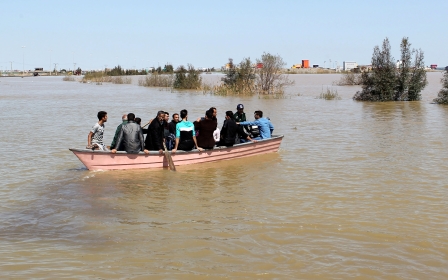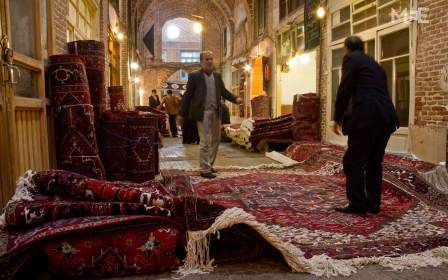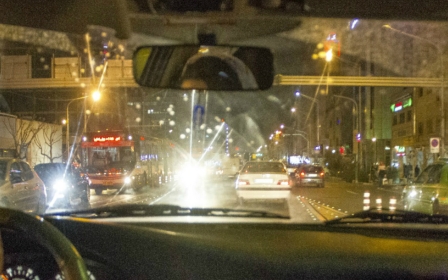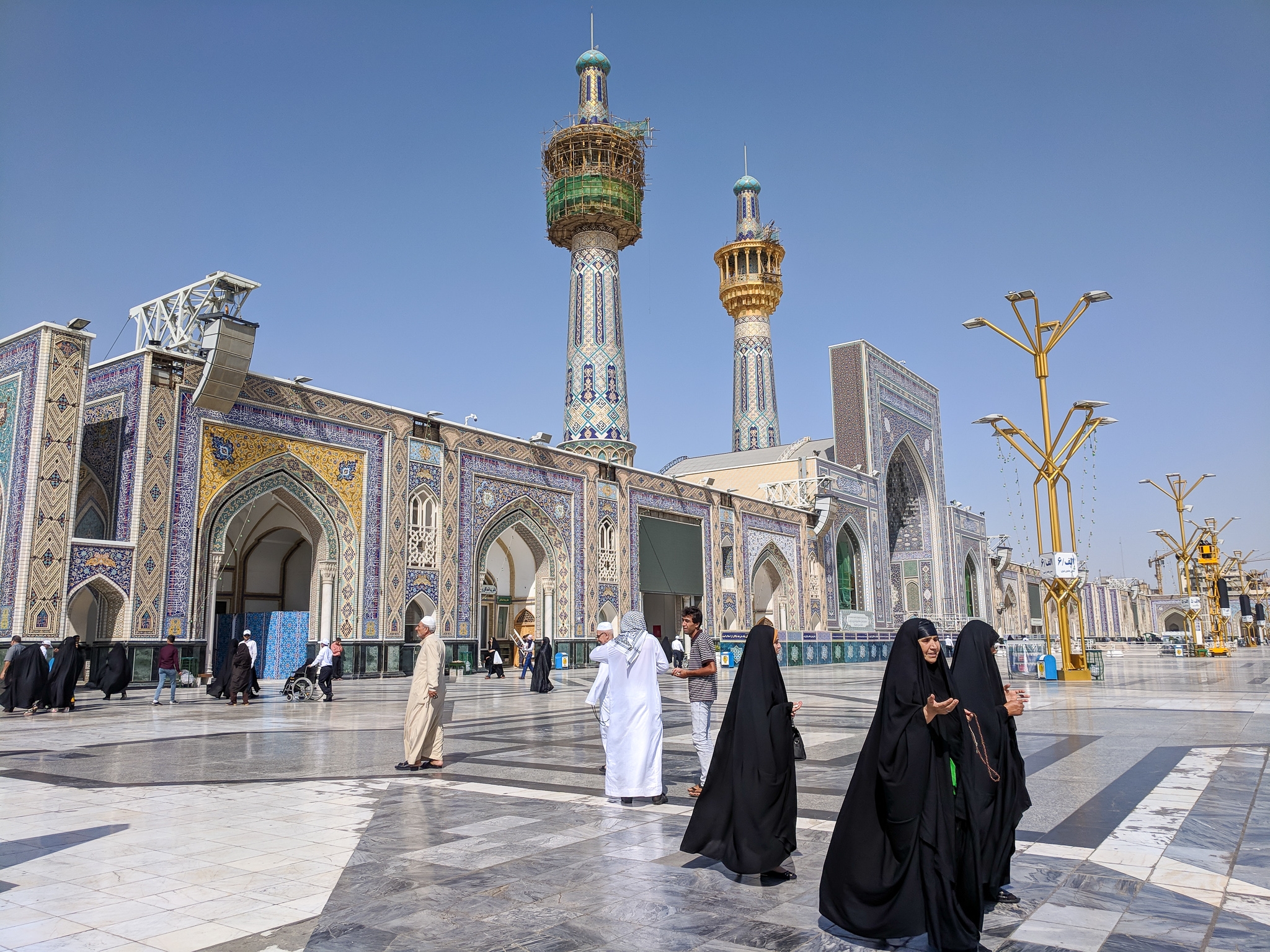
In pictures: How Iran's mosques have shaped its cities

Isfahan has been Iran's capital several times and, along with the rest of the province, is famed for its heritage. The Shah Mosque, also known as the “Imam Mosque” or the “Abbasi Mosque”, is the crown jewel of Safavid architecture and dominates the city, once the seat of power for the Safavid dynasty. The mosque was constructed in 1611 under Abbas I and sits on the south side of Naghsh-e Jahan Square, arguably the most beautiful in Iran (Zirrar Ali).
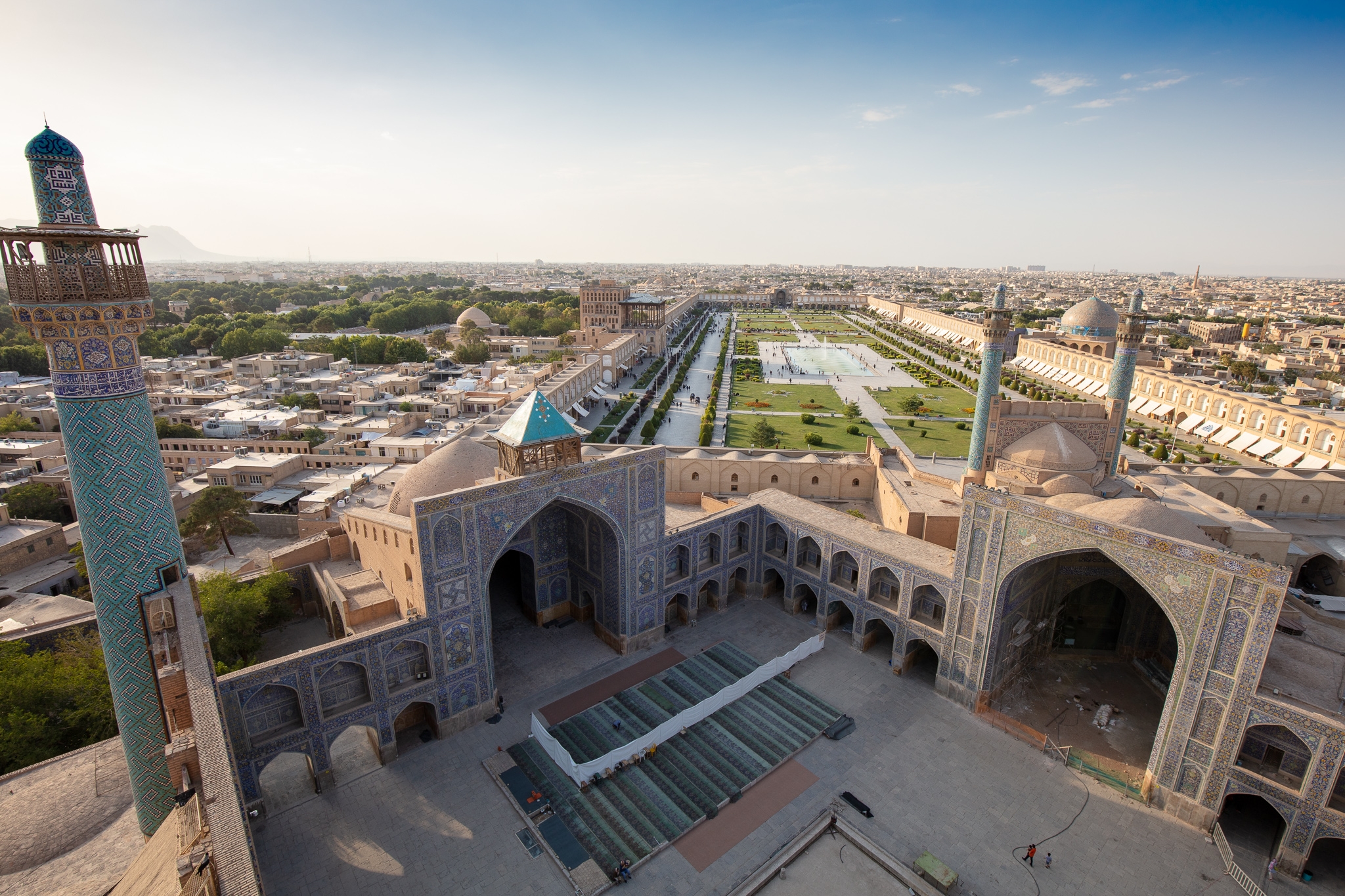
Another view of the Shah Mosque in Isfahan, which was built to accommodate central congregational Friday prayers instead of the Jameh Mosque. It is especially known for its seven-colour mosaic tiles and calligraphy. Still in use today, it is close to the Sheikh Lotfollah Mosque (Zirrar Ali).
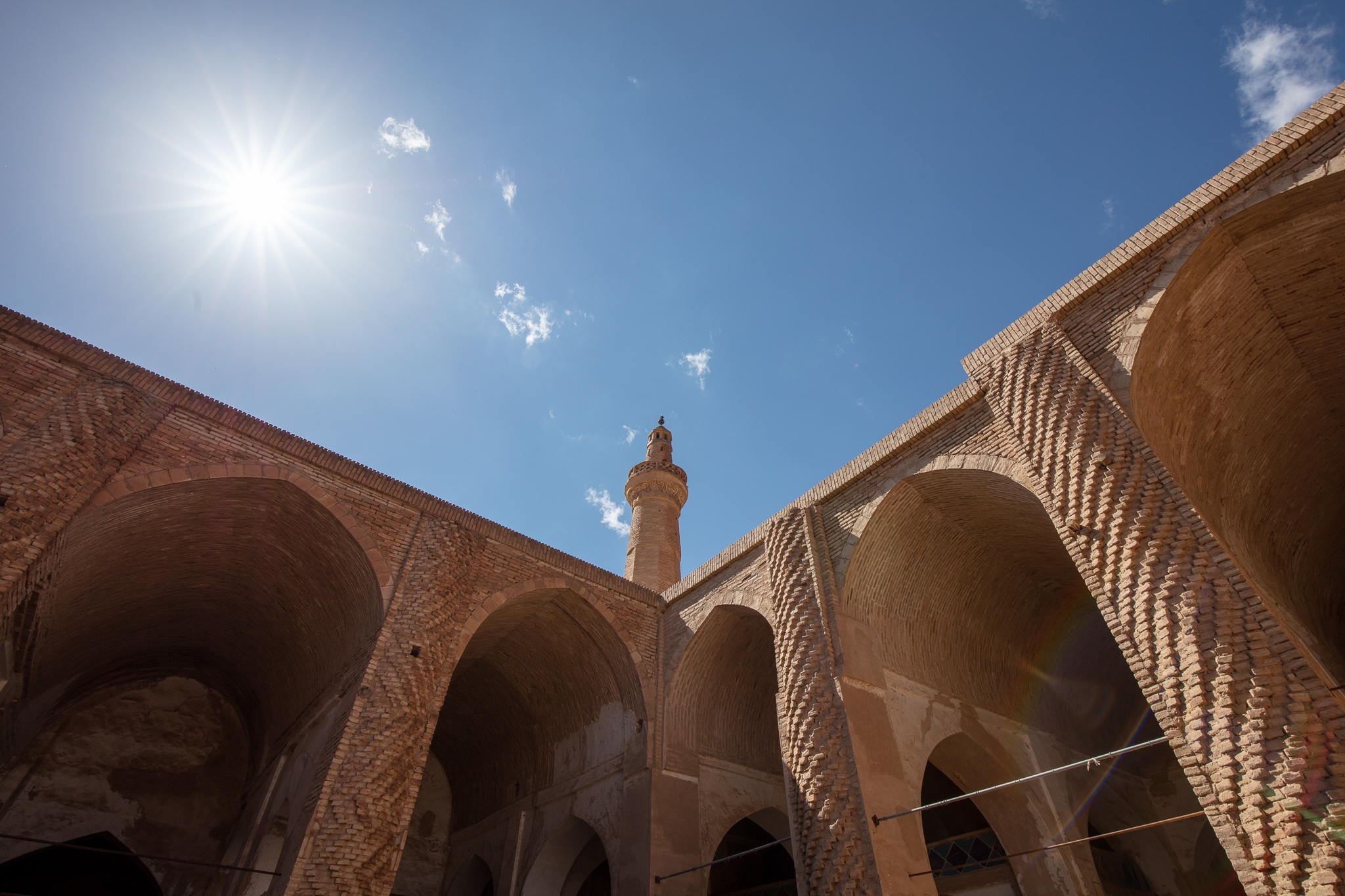
The term "Jameh Masjid" (Friday Mosque) is used in Iran for a grand communal mosque where mandatory Friday prayers are performed: the phrase is used in other Muslim countries but only in Iran does it designate this purpose. The Jameh Masjid in Nain, about 80 miles east of Isfahan, dates back to the 9th century but is still active. The simple 10th-century brick minaret was built during the Seljuk era, when the Turko-Persian Sunni empire stretched from western Anatolia and the Levant to the Hindu Kush (Zirrar Ali).
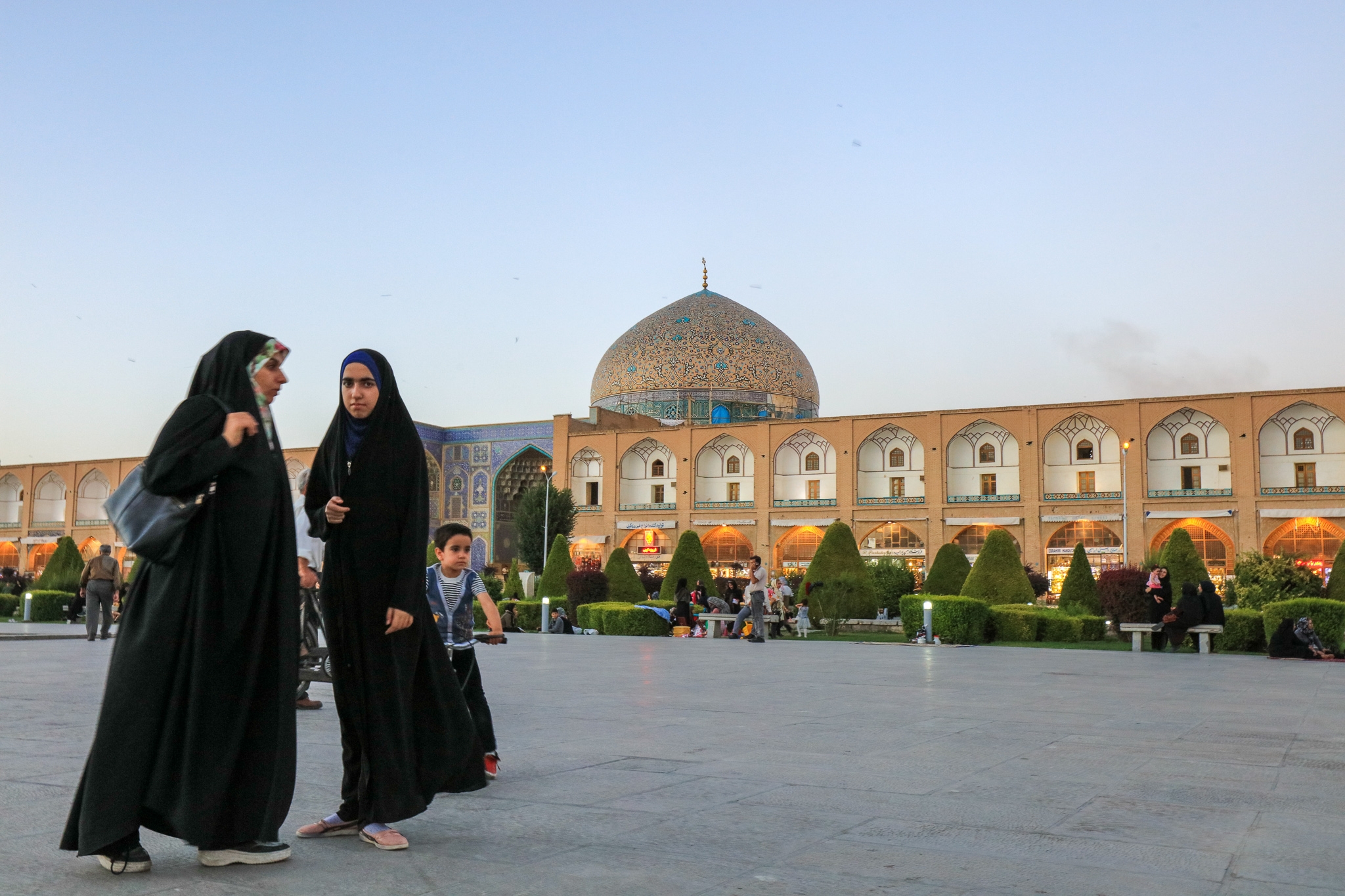
The Sheikh Lotfollah Mosque in Isfahan's Naghsh-e Jahan Square is perhaps the most famous in Iran for its outer and inner dome. Built as a private place of worship for the Safavid king Abbas I during the early 17th century, it lacks a minaret - but then no call to prayer to the public was necessary. Unlike the Shah Mosque, the Sheikh Lotfollah was only accessible by royalty who, it is said, used an underground tunnel to avoid the crowds in the square. (Zirrar Ali)

The 19th-century Seyyed Mosque in Isfahan is one of the largest, most beautiful and most influential mosques left by the the Qajars, who ruled Iran from 1789 to 1925. It is regarded as an influential embodiment of Qajari design: the single minaret includes a clock tower, brought to Iran by Nader Shah, a military genius called the "Napoleon of Iran", who ruled from 1736 to 1747. His visit to Europe resulted in the import of western design, culture and language – and the use of clock towers on minarets (Zirrar Ali).
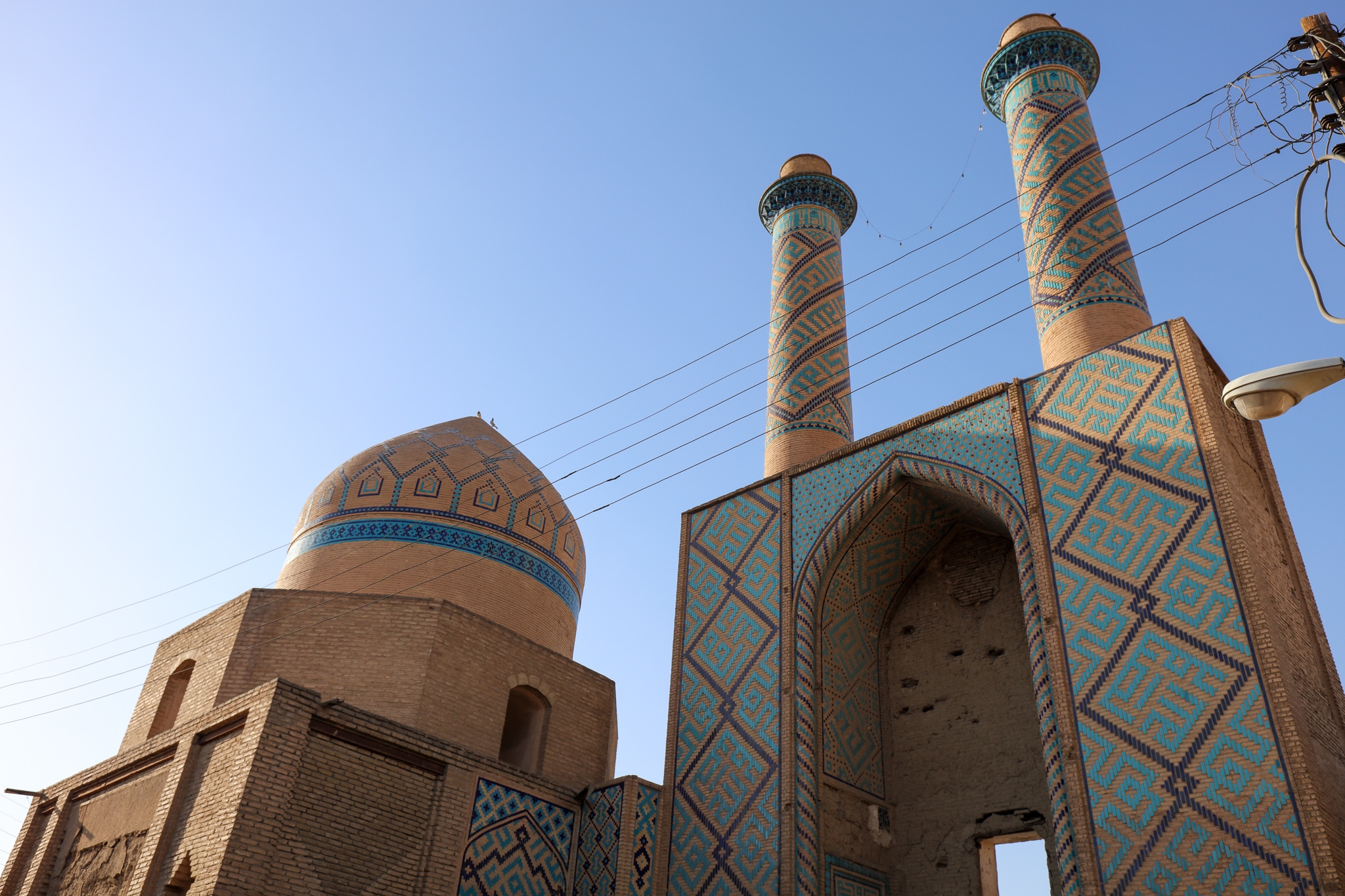
In Iran it is not uncommon to see splendid tombs built for women - but the Soltan Bokht Agha Tomb in Isfahan is unusual because the deceased had no religious significance. Soltan Bakht Agha, the niece of Shah Sheykh Abu Ishaq, a 14th-century king, was killed by her husband for being unfaithful. Jalaleddin, her brother-in-law, eventually captured Isfahan and had a mausoleum built on her tomb. The structure is in the back streets, behind the grand bazaar and close to the main Jameh Mosque of Isfahan (even locals struggle to find it). It is not known why it has a grand gate and twin minarets: such features are usually found at a mosque's entrance but it is unlikely that another was built this close to the Jameh Mosque. The tomb itself is closed to visitors (Zirrar Ali).
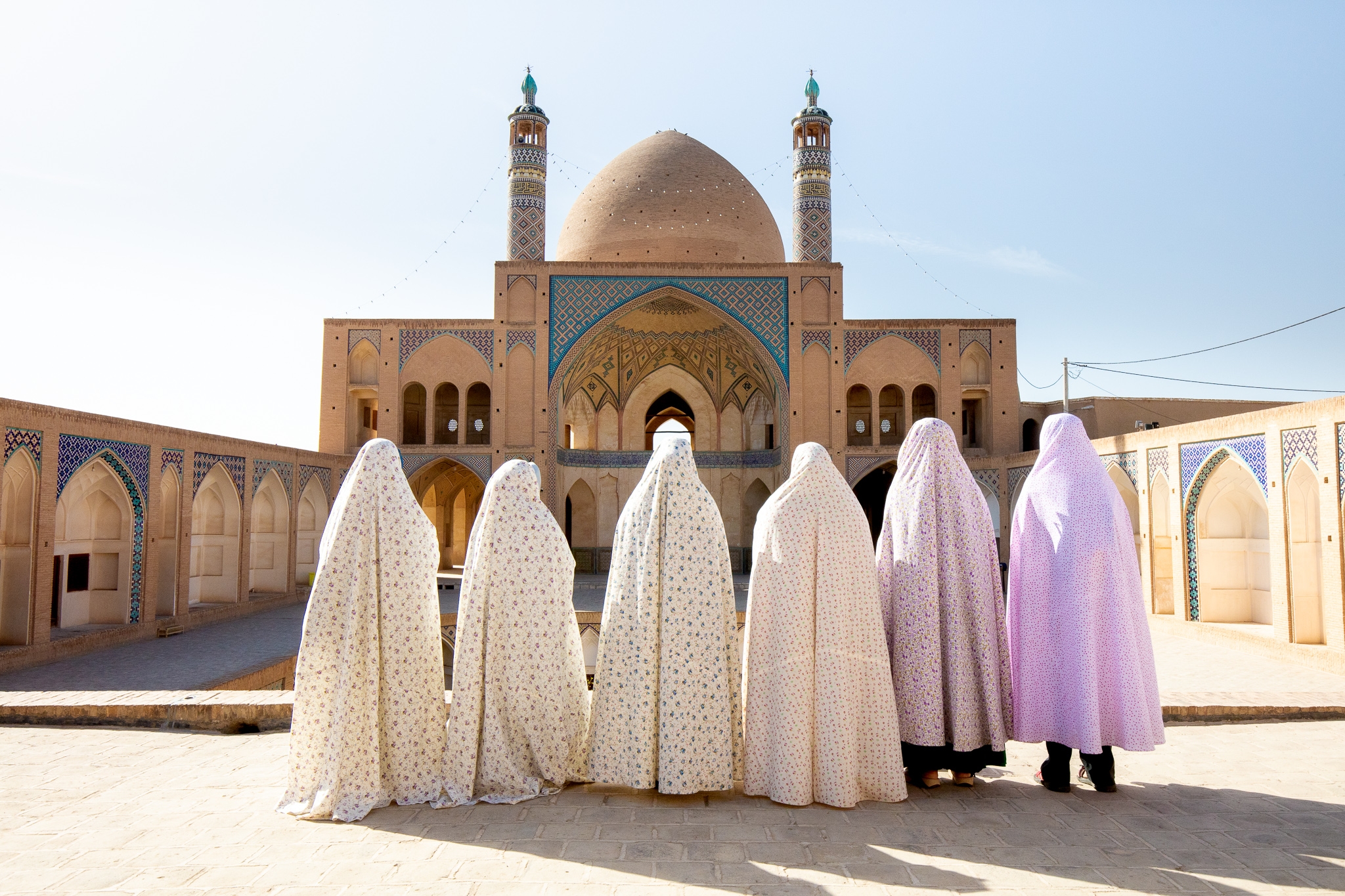
The 18th-century Agha Bozorg Mosque dominates the centre of Kashan, about 90 miles north of Isfahan, not only because of its size, location and grandeur but because of the creativity it symbolises in a city renown for its tiles and carpets. The dome is plain bricked and lacks the usual tiles, mosaics and turquoise found in other Iranian mosques. This sparseness, along with the mosque's two minarets and single dome, ensures that Agha Bozorg is a favourite among those who appreciate minimalism. The unique courtyard, which houses students of the attached madrassa (religious seminary) is several metres below ground level (Zirrar Ali).

Borujerdi House in Kashan was designed by Ustad Ali Maryam, a 19th-century architect, who started his career apprenticed to the Agha Bozorg Mosque (see above). The building, which once belonged to a Kashan merchant, is heavily decorated with stucco, glass and mirror work. It was not unusual for Iran's rich and affluent to model their homes on the concept of "biruni" (exterior) and "andaruni" (interior) mosque features. Borujerdi House is renown for the inside of its dome, regarded as one of the best examples of this approach (Zirrar Ali).
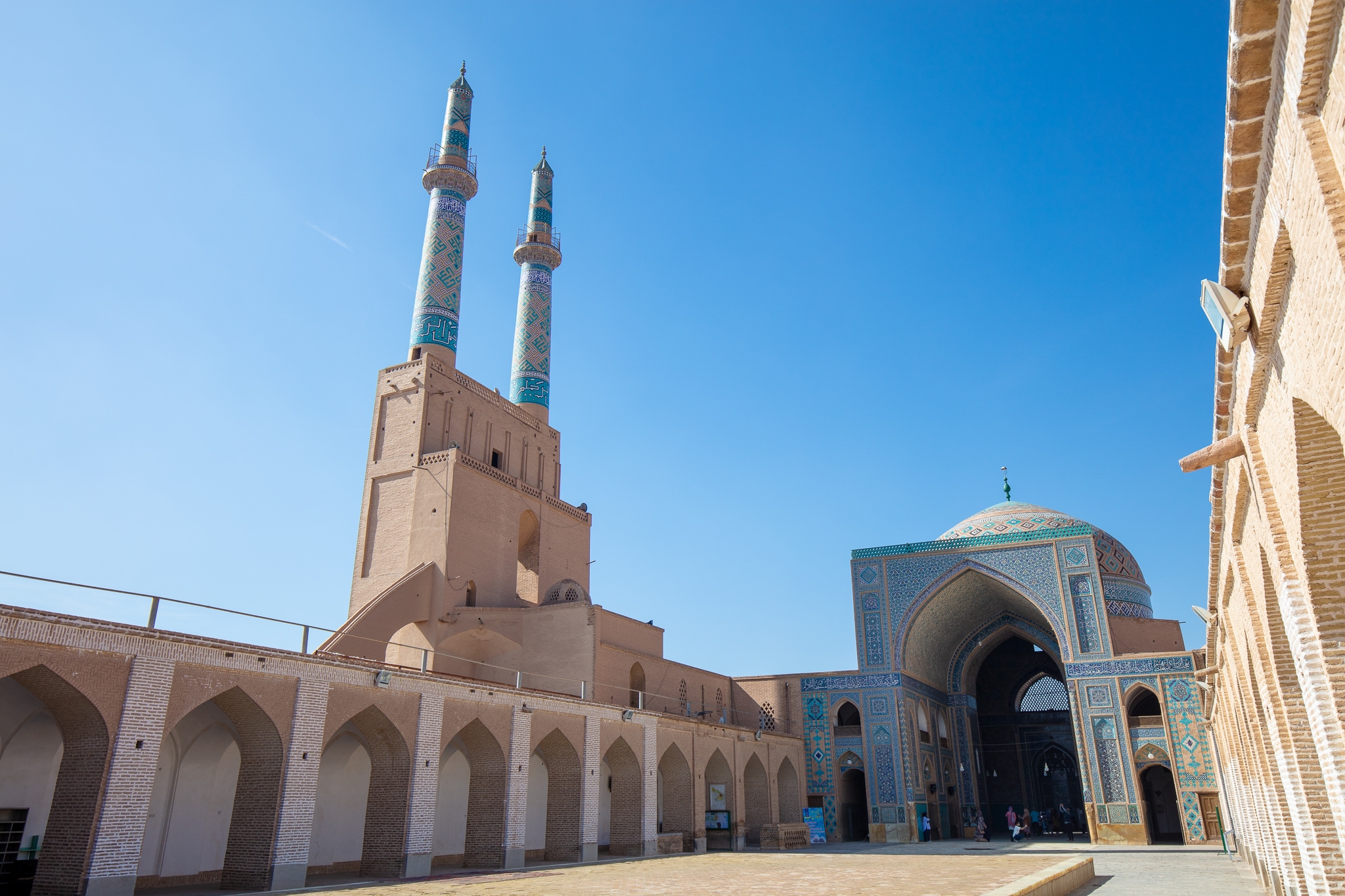
The Jameh Masjid or Friday Mosque of Yazd dates to the 12th century. Some historians say it was built on the site of a Sassanid fire temple, when the region's primary religion was Zoroastrianism (most Jameh Masjids in Iran were once fire temples - one in Yazd has a fire which has burnt for 1,500 years). The mosque is topped with two minarets, each 170 feet (52 metres) high, which are among the tallest in Iran. Unlike most Iranian mosques, the towers are not placed on either side of the central dome (Zirrar Ali).

The Shrine of Imam Reza in Mashhad, the spiritual capital of Iran, is home to the tomb of the eighth Imam of Twelver Shia, who lived during the 9th century, and was established in 818 after his death. The shrine is the most visited pilgrimage site in Iran for Shias and Sunnis: the complex, including the surrounding courtyards, is larger than those at Mecca or Medina, the two holiest in Islam. The current site dates from 1977, when neighbourhoods were demolished to ensure the shrine would become the focal point for arterial routes coming into Mashhad. (Zirrar Ali)
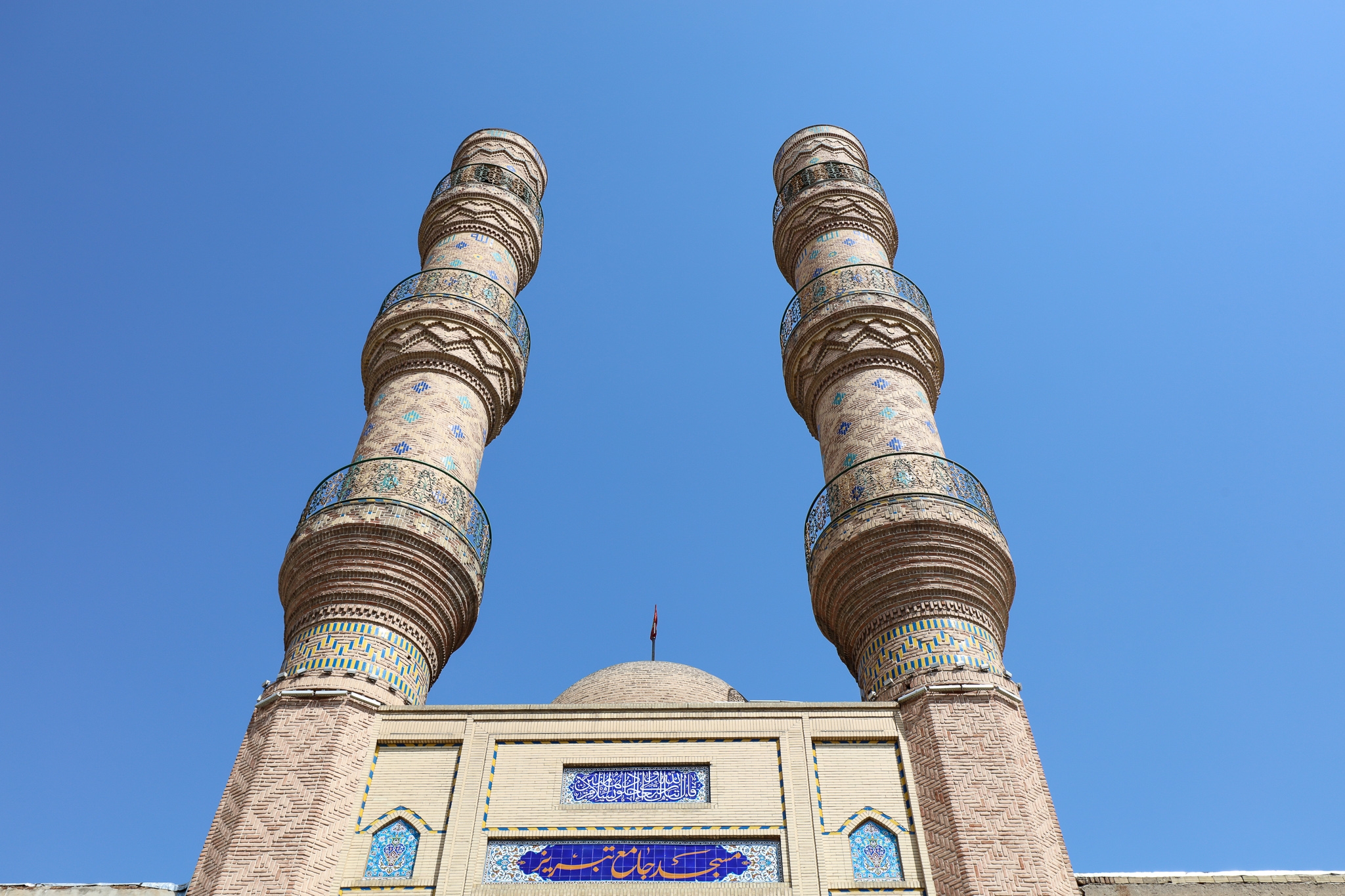
The Jameh Mosque in Tabriz is located within East Azerbaijan province. It is adjacent to the Grand Bazaar, a Unesco World Heritage site, one of the largest covered markets in the world and at least eight centuries old. The original mosque structure no longer survives: the current building dates back to the 17th century. It is adorned with two giant minarets with multi-level decks, a rare feature of Iranian mosques but found often across North Africa. (Zirrar Ali)
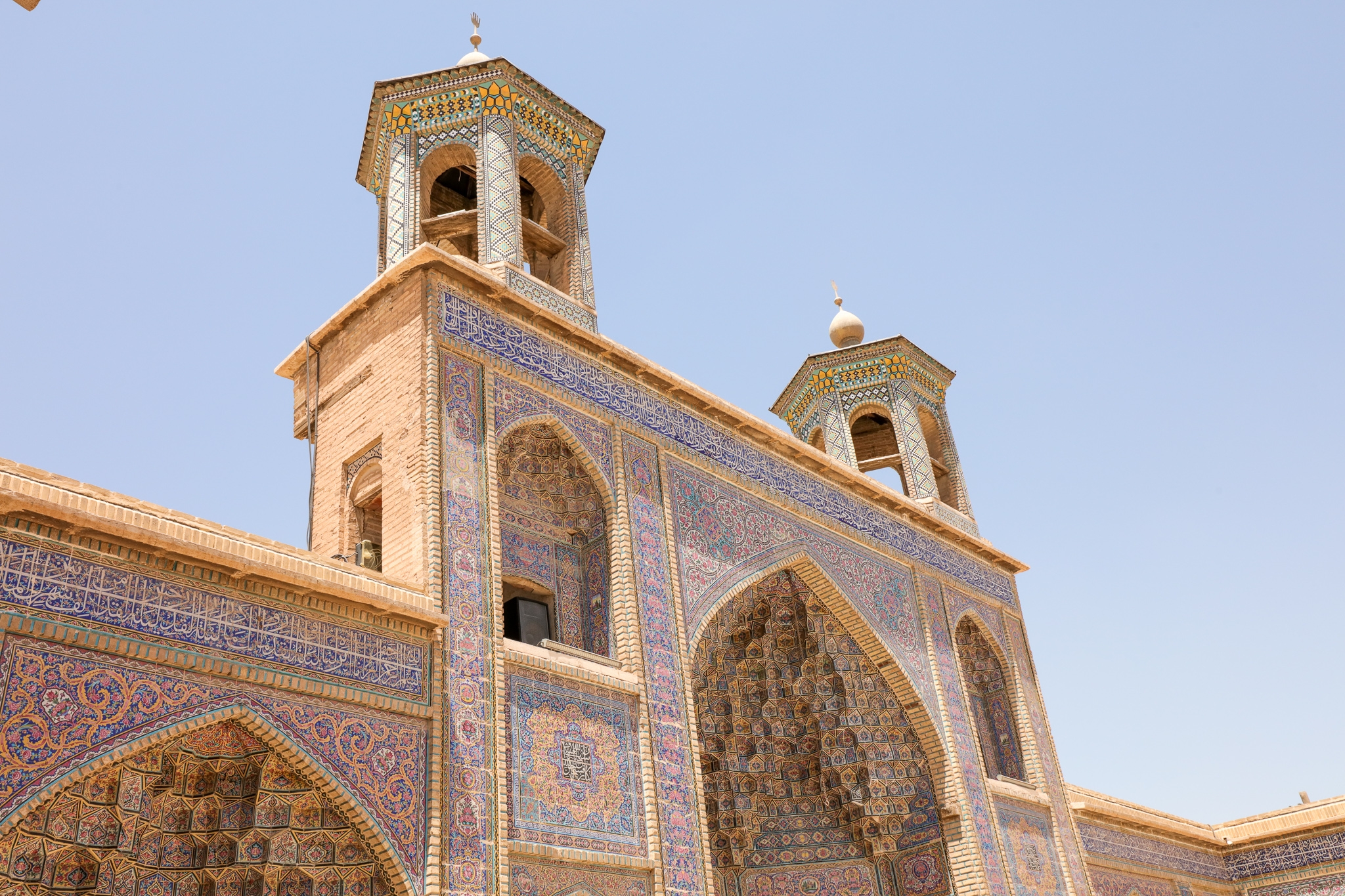
The Nasir al-Mulk Mosque in Shiraz, more fondly known as the Pink Mosque due to the colour of its tiles, is perhaps the most visited mosque in Iran. Completed in 1888, during the later days of the Qajar dynasty, it is best known for the extensive coloured glass in its façade and the Panj Kase ("five concaves") found under the inner arches of the mosque (Zirrar Ali).
Middle East Eye delivers independent and unrivalled coverage and analysis of the Middle East, North Africa and beyond. To learn more about republishing this content and the associated fees, please fill out this form. More about MEE can be found here.


